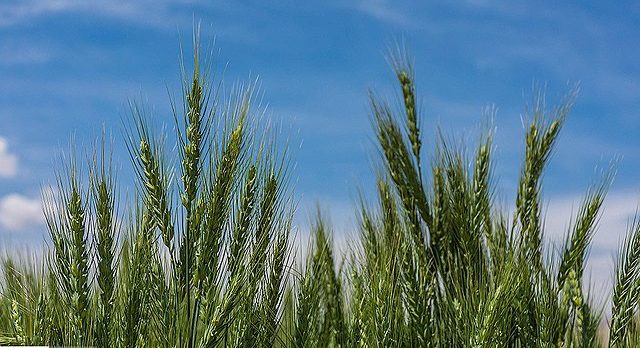Israel on September 4, 2025 inked a deal to grow wheat in Moldova through remote seed and agritech support for food security.
Under the contemporary “full shelves” policy and the “Treat wheat” initiative of 2022, Israel eyes 30% wheat sufficiency by 2035.
The business-oriented production exchange represents the first bilateral gesture with Moldova since Israel opened its embassy there early 2025.
According to Israel’s Agriculture Minister Avi Dichter, diversifying leases abroad is “welcome in normal times and essential in emergencies.”
Dichter emphasized food security given that the Levant country produces only 10% of its wheat needs and taps lease-imports.
Diversification also aims to overcome similar situations as 2022 when the Russia-Ukraine war redlined traditional wheat origins in Europe.
Before the latest joint production venture, Tel Aviv had had similar agritech-for-wheat barter with Morocco, Romania and Uzbekistan.
Why Moldova?
Moldova marks a major leap because it produces around 14 times more wheat than its Levant partner.
The U.S. Department of Agriculture (USDA) forecasts Moldova’s 2025-26 wheat production at 1.4 million tonnes to Israel’s 90,000 tonnes.
Besides, the eastern European nation still retains its status as the “fruit and vegetable basket” of the former USSR.
Around 70% of its landmass is under cropland, pastures or forestry and 12% of its GDP is agricultural based.
Regarding trade, Moldova’s wheat export prices have been rating low since 2024, shy of the 2022-23 high of 5.15 lei ($0.30) a kg.
The fact that Eastern European prairies nurture robust grain production will cure past accusations in Israel of low quality domestically-grown wheat. And as the following statistics suggest, Moldova can accommodate foreign leases since production remains by large relatively stable.
Israel-Moldova Wheat Production Statistics
Israel and Moldova are at the opposite ends of wheat production. While Israel barely produces 10% of its utilization, Moldova grows more than it needs and exports the surplus. In 2022, Israel reaped 105,000 tonnes of the grain, the 80th highest among some 120 nations, per the Helgi Library. Moldova in turn attained 855,000 tonnes of wheat in 2022, down from a record 1.565 million tonnes a year earlier. The country ranks the 55th largest wheat producer globally.
What is the historical wheat production profile of Israel?
In 1983, Israel attained peak wheat output at 335,000 tonnes while in 1999 it recorded a low of 29,000 tonnes. The table below, interpreted from the USDA and the Helgi Library, shows production highlights.
| Year | Production [tonnes] |
| 2020-24 average | 108,000 |
| 2025-26 [estimate] | 90,000 |
| 2024-25 | 80,000 |
| 2022-23 | 105,000 |
| 1999 | 29,000 |
| 1983 | 335,000 |
What is the wheat production snapshot of Moldova?
Here is a production and acreage snapshot of wheat cultivation in Moldova, courtesy of the U.S. Department of Agriculture (USDA):
| Year | Production [tonnes] | Cultivated Area [Ha] |
| 2020-25 average | 1.147 million | 343,000 |
| 2025-26 [estimate] | 1.4 million | 340,000 |
| 2024-25 | 1.19 million | 367,000 |
| 2023-24 | 1.555 million | 376,000 |
| 2022-23 | 855,000 | 332,000 |
| 2021-22 | 1.565 million | 340,000 |
